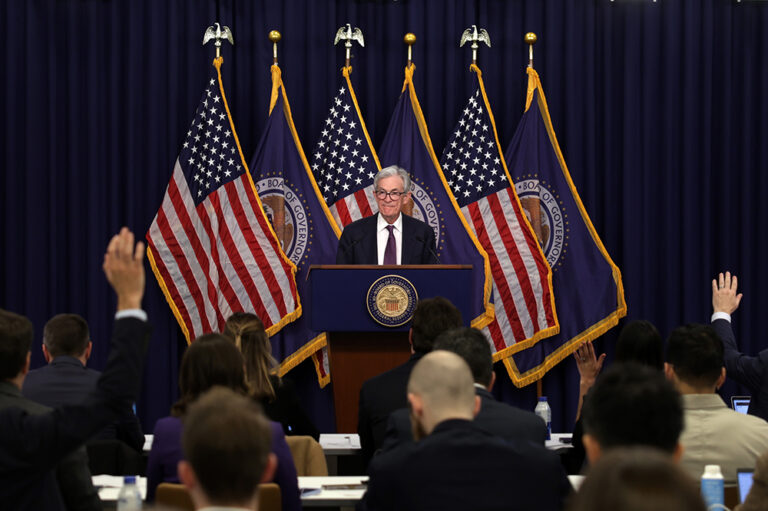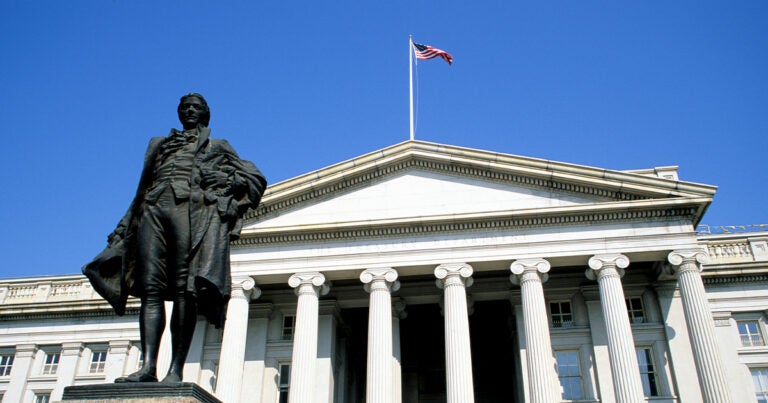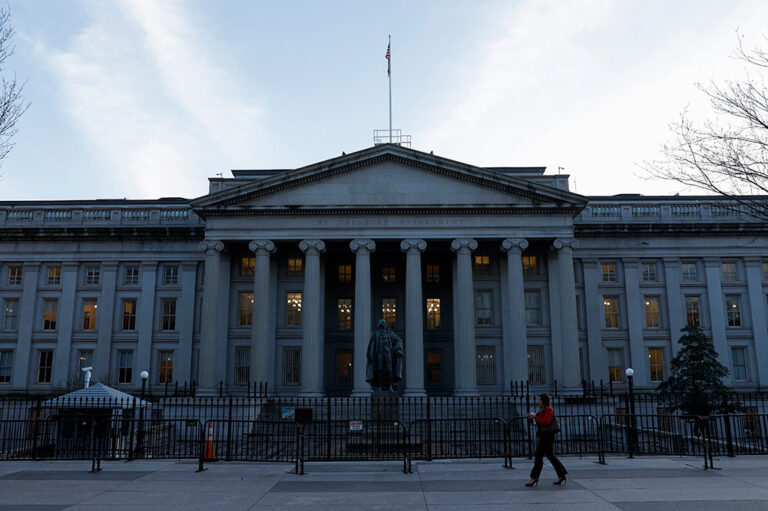America’s economic strength and global influence remain unmatched, reinforced by the dollar’s status as the world’s reserve currency. At the same time, we face significant fiscal, economic and political challenges to our future, especially as the national debt continues to rise unsustainably.
For the latest edition of Expert Views, “Lessons from History for America Today,” the Peterson Foundation convened a distinguished group of experts to evaluate America’s current landscape with an historical perspective. In their essays, summarized below, the authors draw parallels that shed light on the scale of today’s challenges, identify lessons learned from different countries and economies over time, and provide forward-looking guidance for navigating our nation onto a stronger, more prosperous path.
Deficits and Debt in the Lens of History
To contextualize the challenge the country faces, Eichengreen examines two historical moments when America successfully addressed its debt. He finds that high economic growth and low interest rates drove significant declines in the debt-to-GDP ratio in the post-World War II era, while primary budget surpluses led to debt improvement in the 1990s. Unfortunately, conditions today differ vastly, requiring a different (and difficult) approach to reducing the national debt. Eichengreen identifies intense political polarization and resulting gridlock as central obstacles to debt reduction, stressing the urgency of initiating structural reforms now to prevent a fiscal reckoning that grows increasingly likely.
The Debt Crisis and American National Security
Haass and Kissane frame America’s rising national debt as a threat to national security that requires immediate action. They warn that as more is spent on servicing the debt through interest costs, fewer resources are available for defense and related spending, putting the country in a weaker position at home and abroad. Simultaneously, rising debt threatens to risk dollar dominance and thus America’s influence on the global stage. In their conclusion, Haass and Kissane call for the “political compromise and courage that will be required to meet the debt challenge,” and offer America’s recent transformation into a net energy exporter as evidence that a similar shift in national debt is possible with sustained political will.
Trussing the Big Beautiful U.S. Dollar
“We are in the middle of a very dangerous experiment with the U.S. dollar,” James begins his essay, emphasizing that the dollar’s precarious standing threatens America’s global leadership and political security. He highlights two areas that have emerged in America as risky attempts to improve our fiscal outlook: stablecoins and an AI-driven technological revolution. These gambles, James argues, represent a fiscal and monetary “Hail Mary” with an uncertain effect on our economic future.
Welcome to the New Era of U.S. Debt, Where the Bond Market Is King
Long writes that the United States has entered a new era of permanent high deficits and rising debt, which means that our economy is especially vulnerable to the reactions of the bond market. She underscores the power that investors now hold to influence policy, drawing comparisons to other nations including recent cautionary tales from France, Argentina and the U.K. Long recognizes that “in the United States, warnings about high debt and unsustainable deficits have often come across as ‘boy who cried wolf’ situations.” However, she concludes, “history shows there is almost always a moment when the bond market finally speaks decisively. By then, the tough choices to fix the situation are harsh.”
Exorbitant Politics? The Future of U.S. Debt and Fiscal Policy
Mosley explores key risks that threaten the fiscal privilege that America holds via the dollar’s reserve currency status. To date, a high demand for dollar assets and a low perceived risk of debt default have allowed the country to avoid tough political decisions on taxes and spending, and instead run consistent deficits without immediate economic or political consequences. Mosley argues that while the nation has yet to face dramatic repercussions for its increasing debt, America’s fiscal stability depends in large part on transparency, the rule of law and strong institutions, and our privileged position may be at risk if current trends continue.
About Expert Views
Expert Views is a recurring essay series that brings together leading voices to offer insights on our country’s most pressing fiscal and economic concerns. In past editions, experts from across the ideological spectrum:
- Shared their views on why the government should establish a bipartisan fiscal commission to propose comprehensive reforms to stabilize the debt
- Provided practical advice to help lawmakers rise above political gridlock and make bipartisan progress
- Examined the impact of inflation and high interest rates on our fiscal outlook
- Assessed the opportunities and challenges for America’s fiscal future recovering from a pandemic
Further Reading
The Fed Reduced the Short-Term Rate Again, but Interest Costs Remain High
High interest rates on U.S. Treasury securities increase the federal government’s borrowing costs.
What Types of Securities Does the Treasury Issue?
Let’s take a closer look at a few key characteristics of Treasury borrowing that can affect its budgetary cost.
Quarterly Treasury Refunding Statement: Borrowing Up Year Over Year
Key highlights from the most recent Quarterly Refunding include an increase in anticipated borrowing of $158 billion compared to the same period in the previous year.


